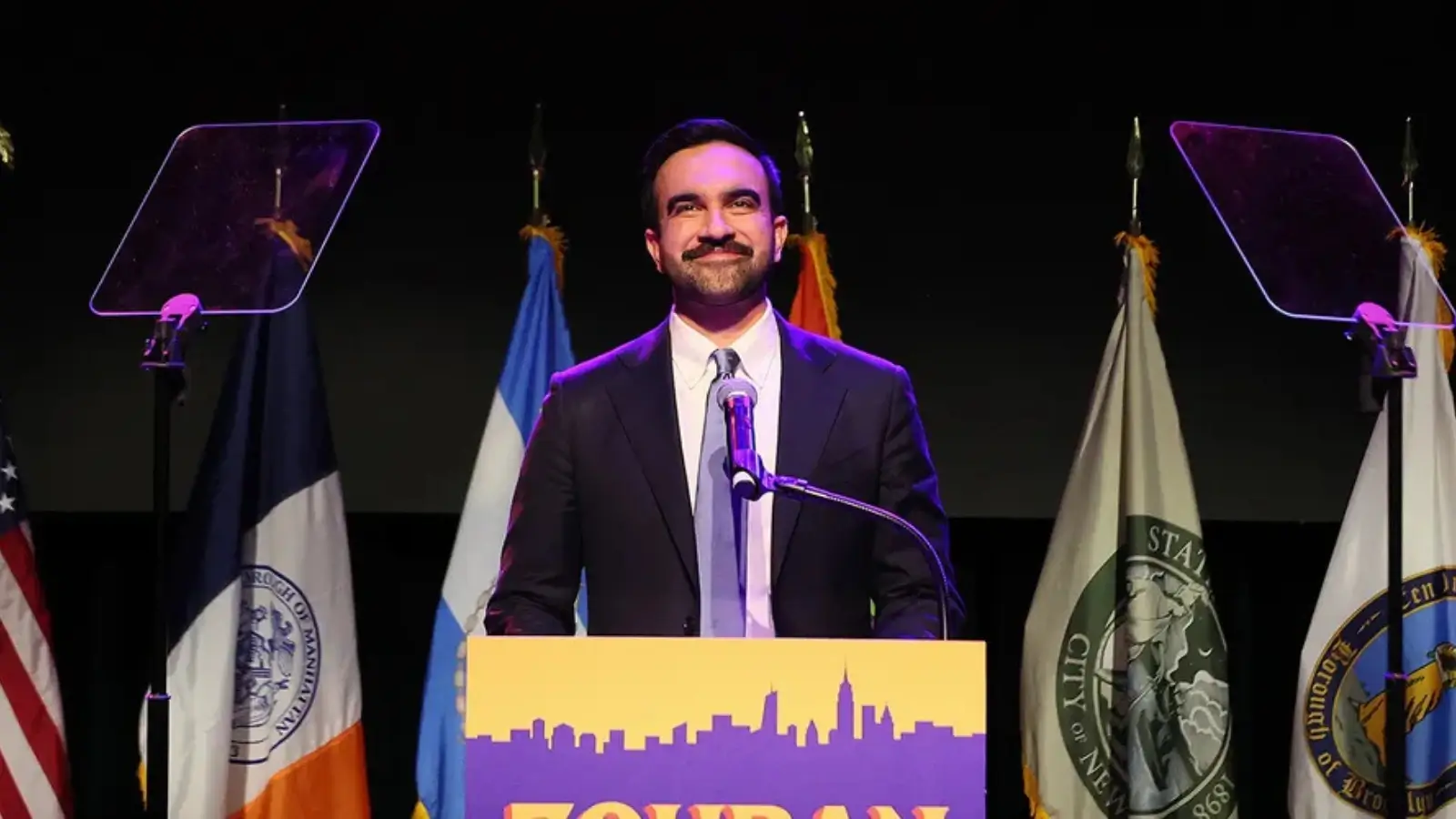


For decorators, small business owners, and creators working in the custom apparel industry, one of the biggest challenges is streamlining production without compromising quality. Traditional methods like screen printing and embroidery can be time-consuming, and even modern digital printing requires setup, testing, and workflow adjustments. This is where ready-to-press DTF (direct-to-film) designs provide a major advantage. These pre-printed transfers arrive fully prepared, meaning you don’t need to handle the printing yourself—just apply them to your garment with a heat press. By eliminating steps in the production process, ready-to-press options save time, reduce errors, and make high-quality results accessible to decorators of all sizes. If you want to see available options and explore how this works, you can visit FM Expressions for more information.
In this article, we’ll break down what ready-to-press DTF designs are, how they work, and why they can be a smart choice for both small shops and larger apparel businesses.
Direct-to-film printing involves printing a design onto a special film using water-based inks, coating it with an adhesive powder, curing the design, and then heat-pressing it onto fabric. The process yields vibrant, durable prints that adhere to a wide range of fabrics.
Ready-to-press DTF designs take this one step further. Instead of handling the printing, curing, and powdering steps yourself, you order transfers that are already complete and ready to apply. All you need is:
The garment or item you want to decorate.
A heat press to apply the transfer.
This simplifies the workflow, giving decorators access to high-quality results without investing in specialized printing equipment or spending time managing the technical steps.
The most obvious advantage is time savings. By skipping printing, curing, and powdering, you can go straight to application. This is especially valuable for businesses handling high order volumes or last-minute requests.
Printing DTF designs in-house requires correct printer calibration, ink management, and powder curing. Mistakes at any stage can ruin a transfer. With ready-to-press designs, you eliminate those variables and get a reliable product every time.
Since transfers are printed digitally, they can reproduce full-color, complex artwork with gradients, shading, and fine details. Ready-to-press designs allow decorators to accept more design requests without worrying about technical limitations.
For decorators without the budget for full-scale DTF equipment, ordering ready-to-press transfers provides access to the same professional results at a fraction of the setup cost. This makes it easy to fulfill smaller orders without waste.
With ready-to-press DTF, your workflow becomes extremely simple:
Place the garment on your heat press.
Position the transfer.
Apply heat and pressure for the recommended time.
Peel and finish.
This process can take less than a minute per garment, allowing shops to complete bulk orders much faster compared to screen printing or vinyl cutting.
Time saved in production translates directly into faster turnaround times for clients. Whether you’re handling promotional t-shirts, event gear, or small custom orders, speed is often a competitive advantage.
Since there are fewer steps involved, training employees to use ready-to-press designs is much quicker. New staff don’t need to learn advanced printing techniques—only how to properly align and press transfers.
Strengths: Excellent for large-volume orders with simple, bold designs.
Limitations: Setup is lengthy, each color requires its own screen, and small runs are not cost-effective.
Strengths: Great for simple shapes or lettering, especially on athletic wear.
Limitations: Limited in detail and color complexity; layering multiple colors is time-intensive.
Strengths: Produces vibrant, long-lasting prints on polyester.
Limitations: Cannot be used on cotton or dark fabrics.
Strengths: Handles full-color, complex artwork with ease, works across fabric types, and requires almost no setup time.
Limitations: Dependent on reliable transfer suppliers for quality.
This comparison highlights why ready-to-press DTF designs are particularly appealing for businesses that need flexibility and efficiency.
Entrepreneurs can offer full-color prints without investing in expensive equipment.
Perfect for time-sensitive projects where products need to be ready within days.
Designers can test limited runs and experiment with complex artwork.
Quick turnaround makes ready-to-press a great choice for branded merchandise.
Names, numbers, and logos can be applied quickly across uniforms and gear.
Durability is often a concern when choosing a print method. Modern DTF transfers are built to last:
Withstand 40–50 washes without significant fading.
Maintain flexibility, avoiding the stiffness sometimes associated with vinyl.
Retain detail and vibrancy even on dark or blended fabrics.
This durability ensures that garments decorated with ready-to-press designs remain wearable and attractive long after they’re produced.
Beyond saving time, ready-to-press transfers also contribute to sustainable and low-waste production practices.
On-demand fulfillment: Decorators can stock blank garments and apply transfers as orders come in, reducing unsold inventory.
Reduced material waste: No extra inks, screens, or vinyl scraps.
Less energy-intensive: Compared to screen printing setups, heat pressing consumes far fewer resources.
For eco-conscious brands, these benefits align with both customer values and business goals.
Pre-press Garments: Remove moisture and wrinkles for a smooth surface.
Use Correct Heat Settings: Follow supplier guidelines for temperature, pressure, and time.
Align Carefully: Position transfers precisely to avoid misprints.
Post-press for Durability: Apply a final press with parchment or Teflon to lock in the design.
Store Transfers Properly: Keep them in a cool, dry place away from direct sunlight for long shelf life.
By following these practices, decorators can maximize both the efficiency and quality of their finished products.
Time isn’t the only resource saved by ready-to-press DTF designs—money is too.
No upfront investment in printers or curing equipment.
Reduced training costs because staff only need basic pressing skills.
Less risk of error since transfers are pre-verified for quality.
Scalable for both small and large orders, allowing businesses to handle different volumes cost-effectively.
For startups or shops testing the waters, this approach minimizes financial risk while delivering professional-grade results.
Ready-to-press DTF designs combine speed, convenience, and high-quality results in a way that few other decoration methods can match. By arriving pre-printed and prepared for application, they eliminate many of the challenges that come with producing detailed, full-color designs in-house. For decorators and businesses, the benefits are clear: faster production, reduced waste, lower costs, and the flexibility to handle everything from small custom runs to large bulk orders.
For those looking to streamline their apparel decoration process while maintaining professional results, ready-to-press transfers are a practical and profitable solution. And if you want to elevate your finished products even further, consider pairing your transfers with premium blanks like Bella+Canvas t-shirts to create garments that feel as good as they look.